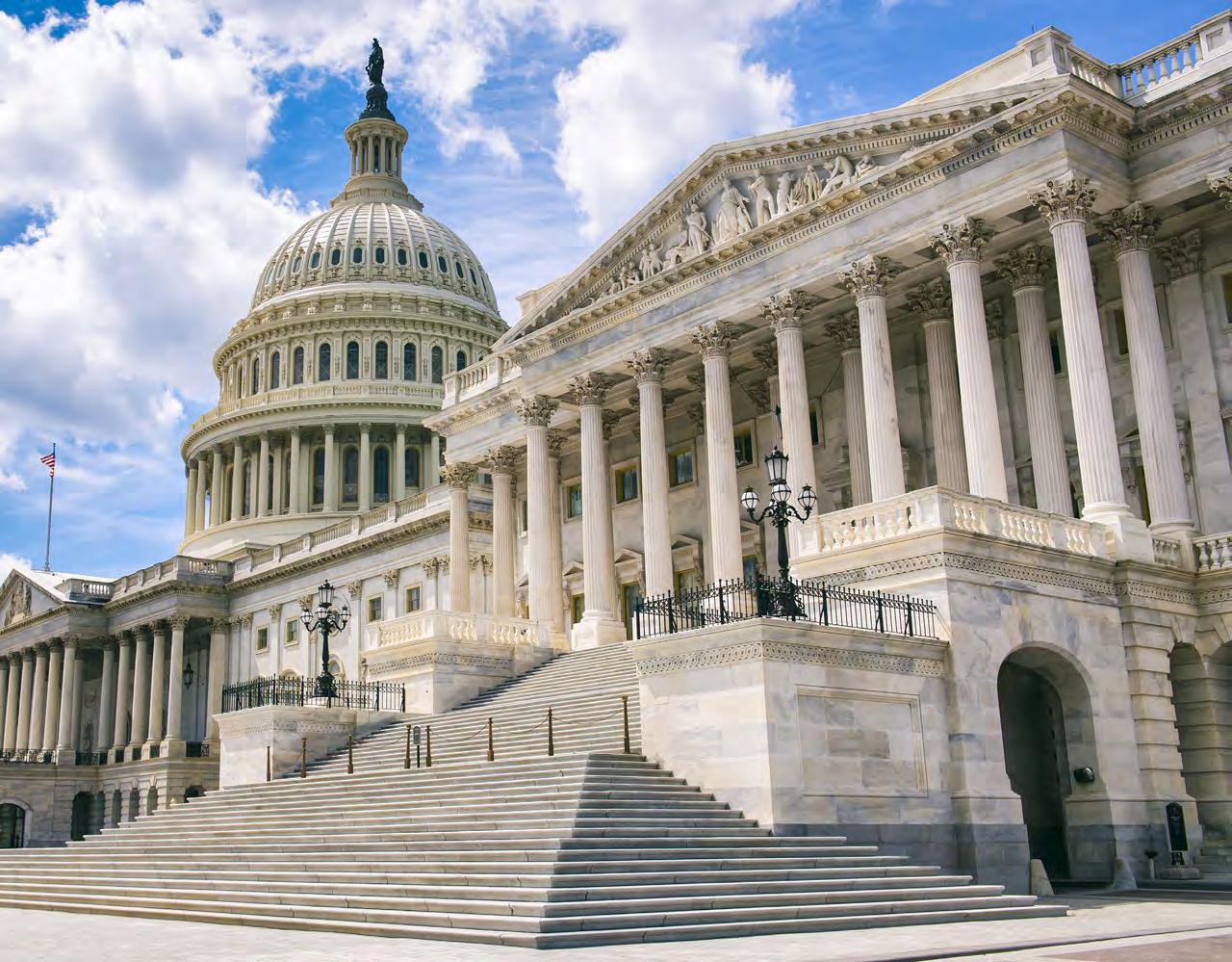
4 minute read
Boosting the Rural Creative Economy
Congressional Arts Caucus Chair weighs in on what works in her home state – and beyond.
By Representative Chellie Pingree
Advertisement
The arts can be transformative for rural communities. Coming from Maine – both the most rural state in the country and home to some of the country’s preeminent artists and arts organizations – I see the power of the creative economy every day. Rural America has long faced challenges, many of which we’ve seen exacerbated by the COVID-19 pandemic. As rural communities look to recover and rebuild, I believe there are powerful opportunities provided by investment in the arts.
It’s a common misconception that arts and culture are just for big cities – but with the right support, a vibrant creative economy can take root anywhere. Whether it’s because of a loss of manufacturing jobs or volatile agricultural markets, so many rural areas could use the economic jumpstart. The arts stimulate tourism with performance venues, museums, and festivals, allow for a more well-rounded education for our kids, and strengthen quality of life to attract young people looking to put down roots.
Rockland, the mainland hub to the island community I call home, is a great example. Once a fish processing and manufacturing community, it has become an arts hub thanks to strategic planning, thoughtful investment, and a little luck. Anchored by a thriving collective of working artists and craftspeople, Rockland is now home to two world-class art museums and several commercial galleries, resulting in a transformed downtown. People come to Rockland just to do the arts walk and they spend more time and money in the area because of it. Bed and breakfasts and James Beard Award-winning restaurants have thrived meeting the tourist demand.
Of course, there are natural advantages to Rockland’s beautiful setting on the Maine coast, but towns and regions across Maine are using their own advantages to build creative economies that uniquely suit their needs. Over the past decade, Maine’s arts economy has boomed. Arts and culture is the third most valuable sector of Maine’s economy, accounting for more than $1.5 billion in statewide production. The industry is directly responsible for more than 16,000 jobs, and indirectly supports thousands more in hospitality and retail.
I’ve been lucky enough to represent communities like Rockland in Congress since 2008. During my time in office, I’ve thought a lot about how to help cities and towns build strong creative economies of their own. In the House, I serve as the co-chair of the Congressional Arts Caucus, where I advocate for robust federal funding for agencies like National Endowment for the Arts (NEA) and National Endowment for the Humanities (NEH). These agencies have far-reaching impacts, with direct grantmaking that supports organizations big and small and convinces other funders to take the leap. The NEA also supports the Citizens’ Institute on Rural Design. CIRD, which is operated in partnership with the Housing Assistance Council, brings vital technical assistance to rural areas looking to plan their revitalization strategies.
It’s not just the NEA and NEH that provide opportunities— government agencies like USDA Rural Development, the Small Business Administration, and the U.S. Department of Education also provide important support for the arts in rural economies, from incubating new businesses to preserving arts education in schools that may not otherwise be able to afford it.
It’s no secret that our economy has been devastated due to the coronavirus pandemic—big cities and small towns alike, with the arts taking a big hit. To recover, rural places will need expertise and resources that aren’t always as readily available as they might be in an urban area. I would urge these places to consider their creative economy, which will generate opportunities for workers and ensure that the arts can survive and thrive in our communities. The nation’s arts organizations are not only great spaces for cultural enrichment they are major employers, cornerstone institutions, and will provide social and economic returns well beyond the initial investment.
I’m going to make sure that Congress keeps doing its part. Though I was proud to help secure relief funding for arts organizations in initial relief legislation, it’s clear that the need is greater than ever. Congress must allocate more funding to NEA and NEH in our next funding packages. But we must also look toward longterm opportunities to support the creative sector. In July, I joined Senator Brian Schatz of Hawaii in introducing the Promoting Local Arts and Creative Economy Workforce (PLACE) Act, legislation to invest in local economies across the country. This legislation would bolster today’s cultural institutions and creative professionals while fostering new enterprises and a skilled workforce for years to come.

Photo: Richard Haddad, Flickr Creative Commons, https://flic.kr/p/JFZgrG
I’m proud to represent a part of our country with such a rich, artistic legacy—a place that has redefined itself as our economy has shifted and changed. With support from the federal government, our rural towns have found renewed purpose as they encourage and promote arts and cultural institutions. When I pass through Rockland, I’m reminded of the importance of those federal dollars, which have transformed the very streets I travel. I know my community is one of thousands across the country that have seen massive growth and transformation from arts grants, and I’ll continue doing everything I can to ensure that more communities have that opportunity. The nation’s arts organizations are not only great spaces for cultural enrichment— they are major employers, cornerstone institutions, and will provide social and economic returns well beyond the initial investment.
Chellie Pingree is the U.S. Representative for Maine’s 1st congressional district.







